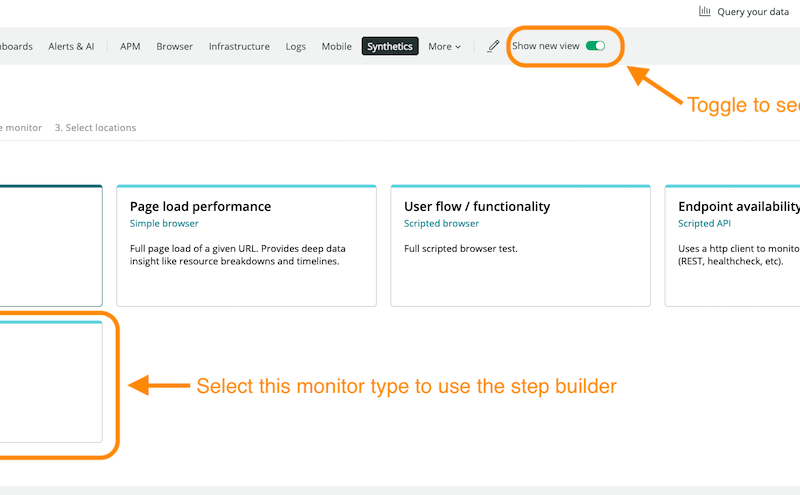Ethereum, launched in 2015 by Vitalik Buterin and a team of developers, has emerged as one of the most significant cryptocurrencies in the digital asset landscape. Unlike Bitcoin, which primarily serves as a store of value, Ethereum is a decentralized platform that enables developers to build and deploy smart contracts and decentralized applications (dApps). This unique functionality has led to a burgeoning ecosystem that includes decentralized finance (DeFi), non-fungible tokens (NFTs), and various other blockchain-based innovations.
The market value of Ethereum is not merely a reflection of its price in fiat currency but also an indicator of its utility, adoption, and the overall health of the blockchain ecosystem. The market capitalization of Ethereum is calculated by multiplying the current price of ETH by the total supply of coins in circulation. This figure provides insight into how the market perceives Ethereum’s potential for growth and its role within the broader cryptocurrency market.
As of late 2023, Ethereum’s market cap has fluctuated significantly, influenced by various factors such as technological upgrades, regulatory developments, and macroeconomic trends. Understanding these dynamics is crucial for investors and enthusiasts alike, as they navigate the complexities of this rapidly evolving digital landscape.
Keeping up with the crypto market? Make sure you check ETH price frequently to track Ethereum’s movements. MEXC’s price page gives you real-time updates and essential trading data. It’s a must-have resource for anyone serious about following ETH trends or making smart trades.
Importance of Tracking ETH Price
Monitoring the price of Ethereum is essential for several reasons, particularly for investors and traders who seek to capitalize on price movements. The volatility inherent in cryptocurrency markets can present both opportunities and risks. By keeping a close eye on ETH’s price fluctuations, investors can make informed decisions about when to buy or sell their holdings.
This practice is especially important in a market characterized by rapid changes, where prices can swing dramatically within short time frames. Moreover, tracking ETH price is not solely about trading; it also provides insights into broader market trends and sentiment. For instance, a significant increase in ETH’s price may indicate growing confidence in the Ethereum network, possibly due to successful upgrades or increased adoption of dApps.
Conversely, a sharp decline could signal underlying issues, such as regulatory concerns or technological setbacks. By understanding these price movements, stakeholders can better gauge the overall health of the Ethereum ecosystem and make strategic decisions accordingly.
Tools for Tracking ETH Price
A variety of tools and platforms are available for tracking Ethereum’s price in real-time. Cryptocurrency exchanges like Binance, Coinbase, and Kraken offer live price charts and trading data, allowing users to monitor ETH’s performance against various fiat currencies and other cryptocurrencies. These platforms often provide additional features such as order books, trading volume statistics, and historical price data, which can be invaluable for traders looking to analyze market trends.
In addition to exchanges, dedicated cryptocurrency tracking websites like CoinMarketCap and CoinGecko aggregate data from multiple exchanges to provide comprehensive insights into ETH’s price movements. These platforms offer various analytical tools, including price charts with customizable time frames, market capitalization rankings, and detailed information about trading pairs. Furthermore, many of these sites feature community-driven insights and news updates that can help users stay informed about factors influencing ETH’s price.
For those who prefer mobile access, numerous apps are available that allow users to track ETH prices on the go. Applications like Blockfolio and Delta provide real-time notifications about price changes and portfolio performance, enabling users to react quickly to market developments. These tools are particularly useful for active traders who need to stay connected to the market at all times.
Factors Influencing ETH Price
Several factors can significantly influence the price of Ethereum, making it essential for investors to understand these dynamics. One of the most critical factors is technological advancements within the Ethereum network itself. For instance, the transition from Ethereum 1.0 to Ethereum 2.0 represents a monumental shift aimed at improving scalability, security, and sustainability through a proof-of-stake consensus mechanism.
Such upgrades can lead to increased investor confidence and demand for ETH, thereby driving up its price. Market sentiment also plays a pivotal role in determining ETH’s price. News events—whether positive or negative—can have immediate effects on investor behavior.
For example, announcements regarding regulatory changes or partnerships with major corporations can lead to bullish sentiment, while security breaches or unfavorable regulations may trigger panic selling. Additionally, macroeconomic factors such as inflation rates, interest rates, and global economic conditions can influence investor appetite for riskier assets like cryptocurrencies. Another significant factor is the overall demand for decentralized applications built on the Ethereum platform.
As more developers create dApps that leverage Ethereum’s smart contract capabilities, the demand for ETH increases since it is required for transaction fees (known as “gas”). This growing ecosystem can create upward pressure on ETH’s price as more users engage with these applications.
Tips for Analyzing ETH Price Trends
Analyzing ETH price trends requires a combination of technical analysis and an understanding of fundamental factors affecting the cryptocurrency market. Technical analysis involves studying historical price charts to identify patterns and trends that may indicate future price movements. Traders often use various indicators such as moving averages, Relative Strength Index (RSI), and Fibonacci retracement levels to make informed predictions about potential entry and exit points.
In addition to technical indicators, it is crucial to consider fundamental analysis when evaluating ETH’s price trends. This includes keeping abreast of developments within the Ethereum ecosystem—such as upcoming upgrades or changes in governance—as well as broader market trends affecting cryptocurrencies as a whole. For instance, if there is a surge in DeFi activity or NFT sales on the Ethereum network, this could signal increased demand for ETH and potentially lead to upward price momentum.
Moreover, sentiment analysis can provide valuable insights into market psychology. Monitoring social media platforms like Twitter and Reddit can help gauge public sentiment towards Ethereum and identify emerging trends or concerns among investors. Tools that analyze social media sentiment can offer additional layers of insight into how news events or market developments are perceived by the community.
Staying Informed about ETH Price Developments
Following Reputable News Sources
To effectively navigate the complexities of Ethereum’s price movements, staying informed about ongoing developments is paramount. Following reputable news sources dedicated to cryptocurrency can provide timely updates on significant events that may impact ETH’s price. Websites like CoinDesk and The Block offer in-depth analysis and reporting on market trends, regulatory changes, and technological advancements within the Ethereum ecosystem.
Engaging with Community Forums and Social Media
Engaging with community forums and social media groups focused on Ethereum can also be beneficial for gaining diverse perspectives on market developments. Platforms like Discord and Telegram host active communities where enthusiasts share insights, discuss strategies, and analyze news events in real-time. Participating in these discussions can enhance one’s understanding of market sentiment and emerging trends.
Subscribing to Industry Expert Newsletters
Additionally, subscribing to newsletters from industry experts or analysts can provide curated insights directly to your inbox. Many analysts offer regular updates on their views regarding ETH’s price trajectory based on both technical and fundamental analysis. This information can be invaluable for making informed investment decisions. In conclusion, understanding Ethereum’s market value requires a multifaceted approach that encompasses tracking its price movements through various tools while considering the myriad factors that influence its valuation. By employing effective analysis techniques and staying informed about developments within the ecosystem, investors can better position themselves in this dynamic market landscape.













